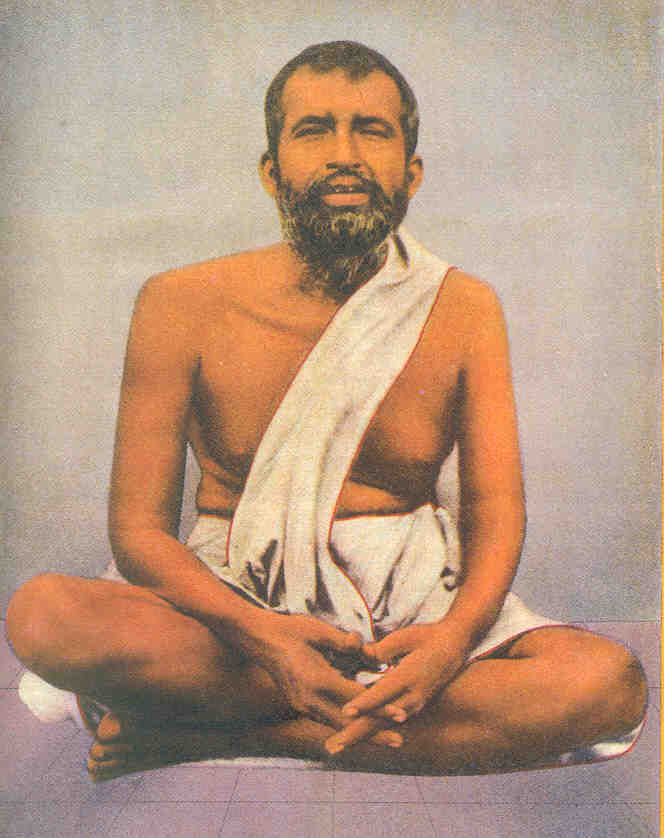10: The One Supreme Absolute Alone Is : 5.
The Teachings of the Bhagavadgita :
We have practically understood the essentials of religion and spirituality with this long discourse, right from the beginning of the Gita till this present level we have reached now. But the vision of the All-Being – Vishvarupa, if it remains mainly a vision which passes, and it actually passed in the case of Arjuna, we have to conclude that he did not enter into it and dissolve himself there, because he was still there as an individual. He had a flash, he had an intuition, he saw with the third eye, but he did not conduct a pravesha into it.
(Gita 11.54)
Jnatum drashtum ca tattvena praveshtum ca parantapa –
the three words are mentioned towards the end of the eleventh chapter. He knew it and he saw it, but he did not enter into it, evidently.
Whatever it is, these are very hard things to understand. There is a persistent assertion on the part of every seeker that there is a universe outside. With all our practices and our philosophical affirmations, we cannot gainsay the presence of a world outside us, sometimes even people around. We cannot easily identify the objective universe with the consciousness that conceives it, beholds it, perceives it, comes in contact with it. A persistent distinction is there between consciousness and matter, which are called purusha and prakriti.
The whole bodily encasement of the individual and the entire creational structure is supposed to be a conglomeration of the constituents of what we call prakriti – the original matter, we may say. Matter is more than what we sense with our gross organs – it is a subtle potentiality for objectivity. Even according to modern physics, matter is not actually the hard brick or the solid mango that we touch. It is something very unintelligible, transcending even conception by the mind; something which cannot be described even as ethereal, yet existing as a very subtle transcendent potentiality for manifesting externality. Matter is externality. The power of externality is matter and therefore it is something more than solidity, and we cannot identify it with solid objects. Somehow, something is there.
This something which is there, and not here, is the so-called prakriti or the object, and the one cannot be identified with the other easily. But the verse at the very beginning of the thirteenth chapter, in a very subtle way, seems to solve this difficulty for us when it says:
(Gita 13.2):
kshetrajnam capi mam viddhi sarvakshetreshu
"I am the Knower in all the fields which are known."
The multiplicity of perceivers and a real external universe seem to be ruled out by the suggestion given here that there is a single ruling consciousness as a kshetrajna, which is the perceiver, true cogniser, knower behind all the bodies. If a body or a material structure is to be considered as that which is constituted of the five elements – earth, water, fire, air, and ether – and if there is a uniform kshetrajna or a knowing principle behind all these bodies, it is difficult to believe how the universe can be outside this consciousness.
Swami Krishnananda
To be continued ....
.jpg)


.jpg)

Comments
Post a Comment